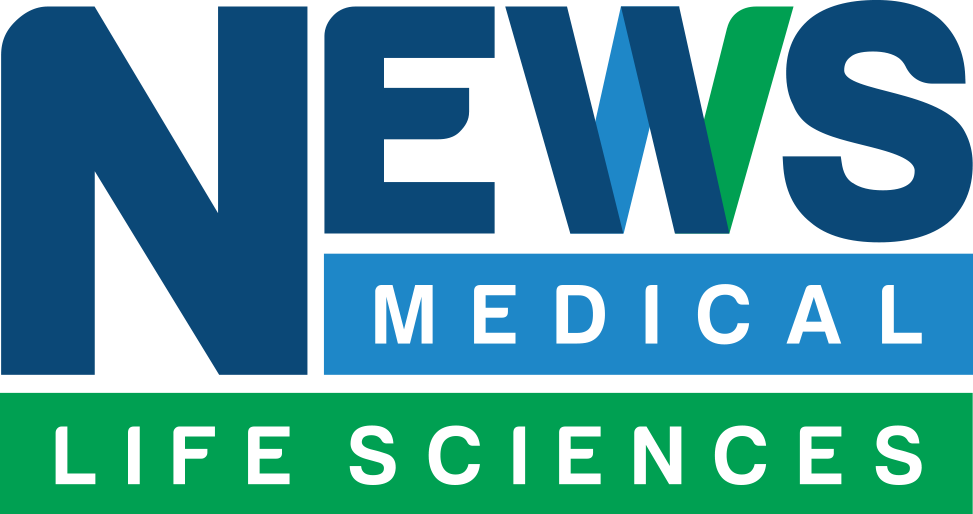A new study from Cornell University is using queuing theory to examine how often pairs of shoppers can overlap in a supermarket – an approach that could be used to predict the transmission of COVID-19 and guide strategies to reduce the spread.
Jamol Pender, Associate Professor of Operations Research and Information Technology, specializes in queuing theory – essentially the science of waiting in queues. His research aims to reduce traffic congestion, help driverless vehicles navigate, and minimize waiting times for rides in Disney World. Now he’s turned to a similar type of queue and modeled the likelihood of COVID-19 transmission in stores, focusing on where and for how long customers might overlap.
The research started with the simplest scenario: a room with a single entrance and a single queue.
This single server model is admittedly a “ridiculous” extreme, said Pender, at the other end is the infinite server, a kind of idealized model with an infinite number of resources, such as a subway ride with endless passengers boarding.
To analyze the possible configurations of overlapping customers, the researchers created a simulation with two main variables: the arrival rate – how quickly customers enter the store – and the service rate – how quickly customers are processed at the checkout.
It turns out that the key to limiting overlap and potential exposure between customers is to make the checkout process as quick as possible.
Arrivals have an impact, but not as much as the power distribution. So if you had a choice and could either limit arrivals or make your staff faster, my advice would be to make your staff faster if you want to reduce overlap. “
Jamol Pender, Associate Professor of Operations Research and Information Technology
Another way to significantly reduce overlap and create a more efficient system is to add another server queue.
“There is actually a very big difference between a server and two servers,” Pender said.
While the new study was inspired by COVID-19, the modeling could be applied to other contexts, from hair salons and daycare to buses and trains. Another use: online security and computer systems where the spread of “infections” could be data file corruption.

